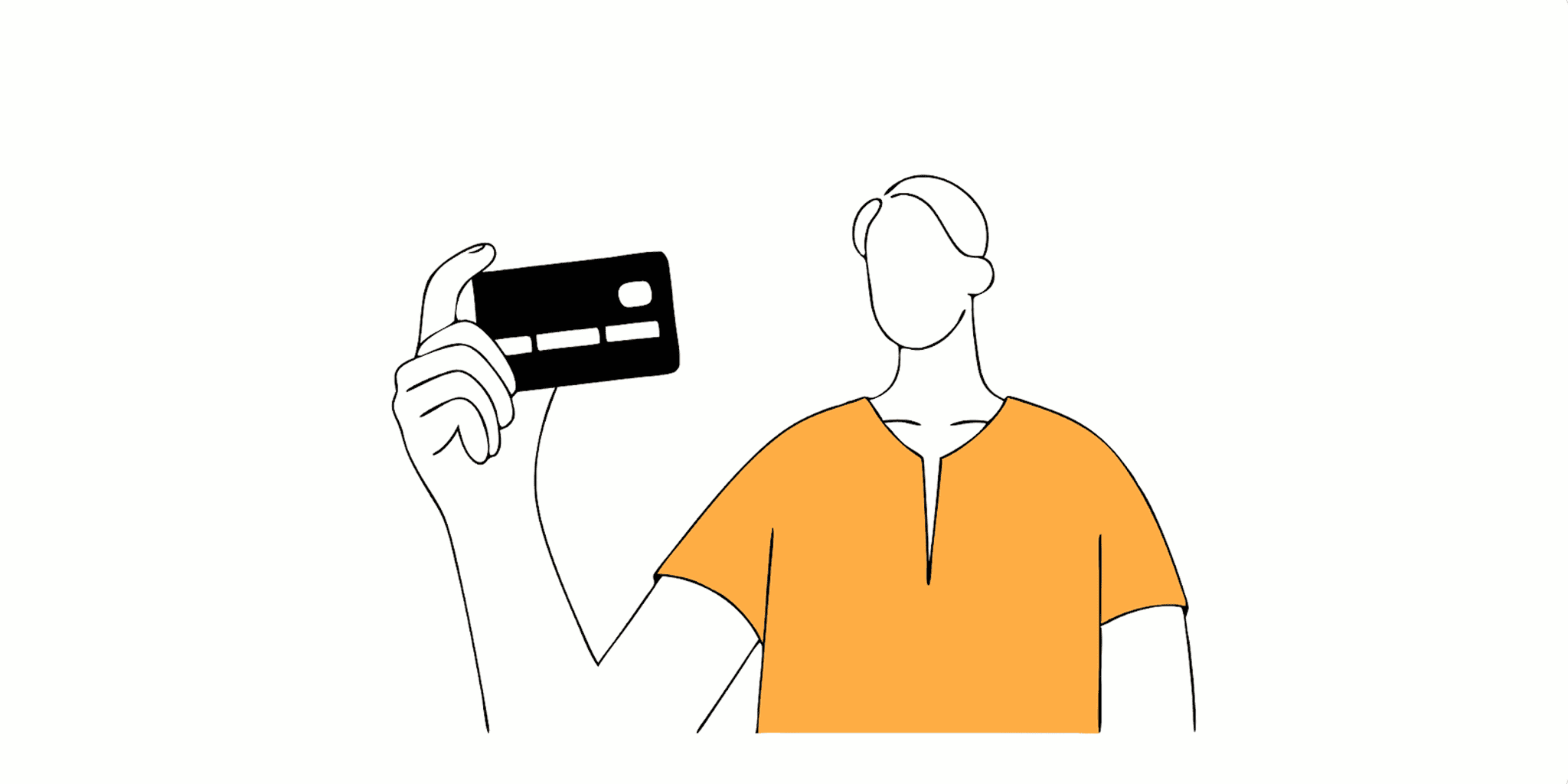Contents.
What is a bank commission in simple terms
A bank commission is a fee that a financial institution charges for providing certain services or conducting transactions. It can be a fixed rate or a percentage of the transaction amount. For example, when you withdraw money from an ATM of another bank, an additional fee may be 1% of the amount, but not less than 5 hryvnias.
Types of bank fees
Bank fees vary, as do the services for which they are charged. Let's take a look at the most common types of charges.
For opening and maintaining an account
This is a basic fee charged by almost all banks. It can be a one-off, monthly or annual fee. However, there is an exception — for example, in the GlobusPlus Light card tariff, there is no fee for opening a current account. There is also no monthly service fee.
For cash withdrawals
Applies when you withdraw money at a cash desk or ATM. Cash withdrawals of up to UAH 10 thousand per month from your GlobusPlus Light card are free of charge at Ukrainian merchants. If you withdraw more or use an ATM, you have to pay 1% of the amount. Outside Ukraine, this service will cost 2% + UAH 75.
For example, if you withdraw UAH 8 thousand at the cash register of a store, you will not have to pay anything else. However, if you want to withdraw UAH 12 thousand, you will be charged an additional 1%, i.e. UAH 120.
When withdrawing cash abroad, the fee will be higher. For example, to get UAH 15,000 (in the relevant currency equivalent), you will have to pay an additional UAH 375 (2% of UAH 15,000 = UAH 300 and another UAH 75 in fixed fees).
For transferring funds
The bank's fee for transferring funds to the account of another person or organisation is a separate type of payment. The amount of the additional fee depends on the amount of the transfer and the method of transfer. For example, for payments using free details (to cards of other banks) made through the GlobusPlus mobile application at your own expense, the following fees are set:
- 0% — up to 2 payments per month;
- 0% — any number of payments for a total amount of up to UAH 10 thousand per month;
- 0.5% for each transaction, provided that more than 2 transfers are made for a total amount of more than UAH 10 thousand per month.
In the latter case, the maximum fee cannot exceed UAH 1,000 per transaction.
For P2P international transfers, GlobusPlus allows you to make up to ten transactions per day with a currency card in euros or dollars.
Currency conversion fees
If you use your bank card to make payments abroad or make purchases in a foreign currency, there may be an additional currency conversion fee. This fee is usually calculated as a percentage of the total transaction amount. The amount of the fee depends on the conditions of your bank and the chosen tariff plan, so you should familiarize yourself with the rules and possible costs before traveling abroad or making international purchases.
For card issuance and reissue
Globus Plus provides the first plastic card free of charge, and replacing the old one with a new one after the expiration date will not cost anything. For re-issue of the “plastic” in case of loss or damage, you have to pay 100 UAH. This amount covers the cost of issuing the card.
Overdraft fees
If you use the overdraft service (the ability to spend more than you have in your account), the bank may charge a fee. Usually, overdraft cards (credit cards) have a grace period during which the cardholder does not pay anything for using the money. In GlobusPlus, it is up to 62 days, but if you withdraw cash or transfer credit funds to another card or account, the fee for each such transaction will be 4% of the amount.
Understanding the different types of fees helps you manage your finances more efficiently and choose the most favorable banking products. Always read the terms of service carefully and do not hesitate to ask the managers about all the details.
How bank commissions are calculated
Banks use several methods to calculate fees:
- a fixed amount — for example, 5 UAH for each transfer;
- percentage of the transaction amount — for example, 1% of the cash withdrawal amount;
- a combined method — a percentage of the payment, but not less than a certain fixed amount.
For example, if you see that 0.5% + 5 UAH is the bank's commission when transferring between cards, you have to pay 10 UAH extra for transferring funds in the amount of 1000 UAH (0.5% of 1000 = 5 UAH + fixed 5 UAH).
How to reduce bank fees
Do you want to pay less? Here are some life hacks:
- Use online banking. The GlobusPlus mobile app allows you to perform most transactions with minimal or no fees.
- Withdraw cash from ATMs of your bank or at the checkout of partner stores. In the first case, the fee is only 1%, and in the second case, it can even be zero, depending on the amount.
- Use affiliate programs. Many banks offer reduced fees in this case.
Don't hesitate to ask employees of financial institutions about all the details of transactions and additional charges. Better yet, use modern digital tools, such as the GlobusPlus mobile app, GlobusPlus to always control your expenses and be in plus 🧡






